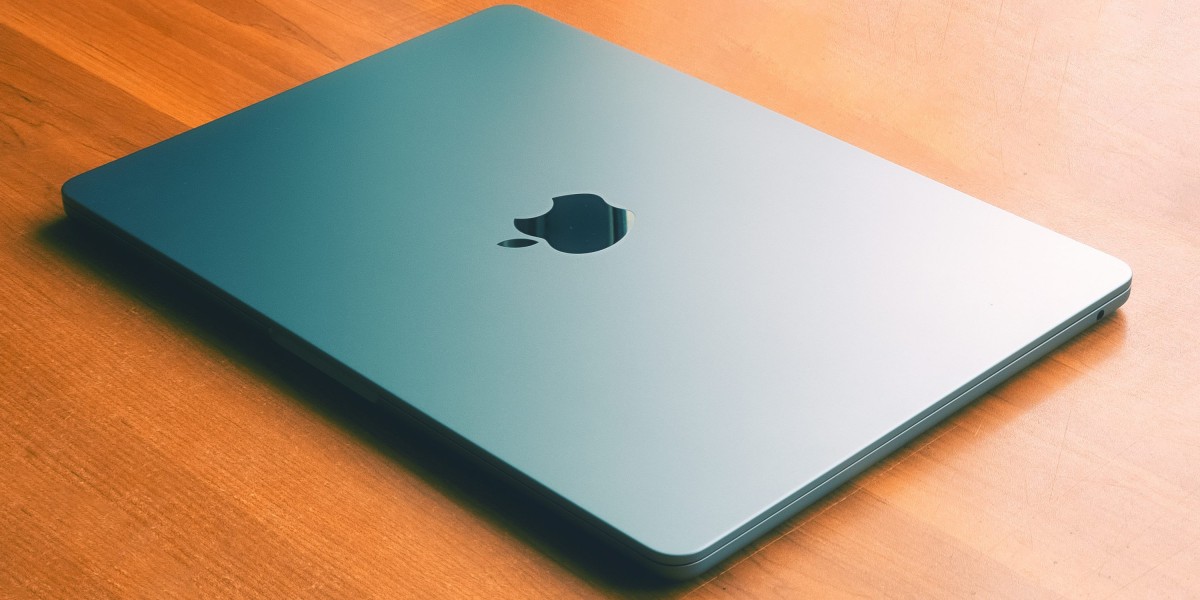Rotational molding, also known as rotomolding, is a unique plastic manufacturing process used to create hollow, seamless, and durable parts. Unlike other molding techniques such as injection or blow molding, rotational molding relies on heat and slow rotation rather than high pressure. This method is particularly effective for producing large, complex, or custom-shaped plastic items with uniform wall thickness and excellent structural integrity.To get more news about Rotational Molding, you can visit jcproto.com official website.
The process begins with a mold, typically made of aluminum or steel, which is filled with a measured amount of powdered plastic resin. Common materials include polyethylene (PE), polypropylene (PP), and polyvinyl chloride (PVC). Once loaded, the mold is sealed and placed into an oven where it is heated while rotating slowly on two perpendicular axes. This biaxial rotation ensures that the molten plastic coats the interior surfaces of the mold evenly. After reaching the desired temperature and distribution, the mold is cooled—usually with air or water—before the finished part is removed.
One of the most significant advantages of rotational molding is its ability to produce stress-free parts with consistent wall thickness. Because the process does not involve high pressure, the resulting products are less prone to warping or internal stresses. This makes rotomolding ideal for applications where durability and reliability are critical, such as in outdoor furniture, water tanks, playground equipment, and automotive components.
Rotational molding also offers remarkable design flexibility. Manufacturers can create complex geometries, incorporate inserts, and produce multi-wall structures. Additionally, molds can be easily modified to accommodate different shapes or sizes, making the process cost-effective for both short-run and high-volume production. Colorants and additives can be mixed directly with the resin, allowing for vibrant finishes and enhanced material properties such as UV resistance or flame retardancy.
Despite its many benefits, rotational molding does have limitations. The cycle time is relatively long compared to other molding techniques, which can affect production speed. Also, the range of materials suitable for rotomolding is narrower, as not all plastics can withstand the heating and cooling cycles involved. However, ongoing research and development are expanding the material options and improving process efficiency.
Environmental sustainability is another area where rotational molding shines. The process generates minimal waste, and excess material can often be recycled. Moreover, the durability of rotomolded products means they have a longer lifespan, reducing the need for frequent replacements and lowering the overall environmental impact.
In recent years, advancements in mold design, automation, and material science have further enhanced the capabilities of rotational molding. Computer-aided design (CAD) and simulation tools allow engineers to optimize mold geometry and predict material flow, resulting in better product quality and reduced development time. Automated systems can monitor temperature, rotation speed, and cooling rates to ensure consistent results across production batches.
Rotational molding continues to evolve, offering innovative solutions for industries ranging from agriculture to aerospace. Its ability to produce lightweight, durable, and customizable parts makes it a valuable tool in modern manufacturing. As sustainability and design flexibility become increasingly important, rotomolding is poised to play an even greater role in shaping the future of plastic production.







